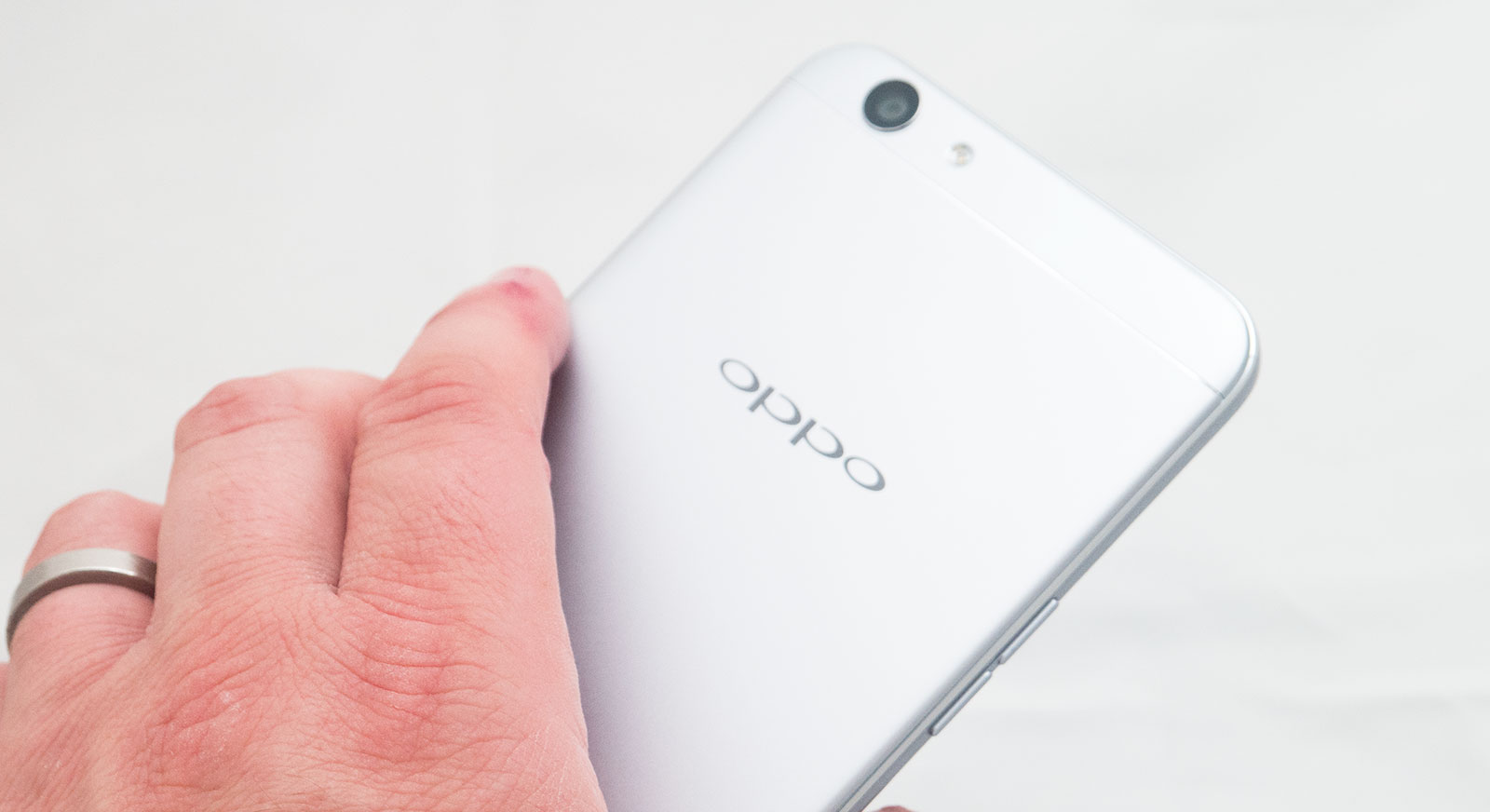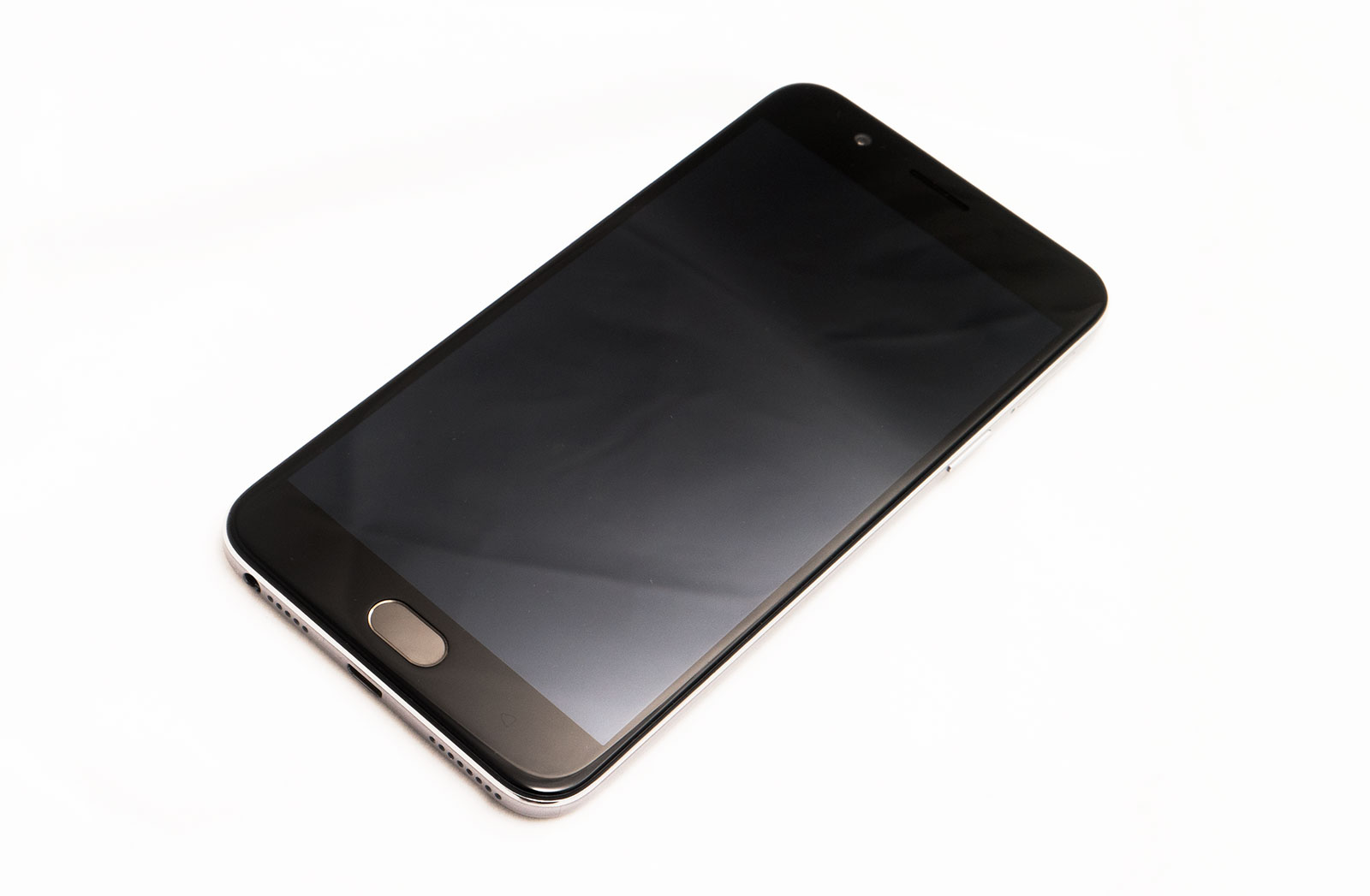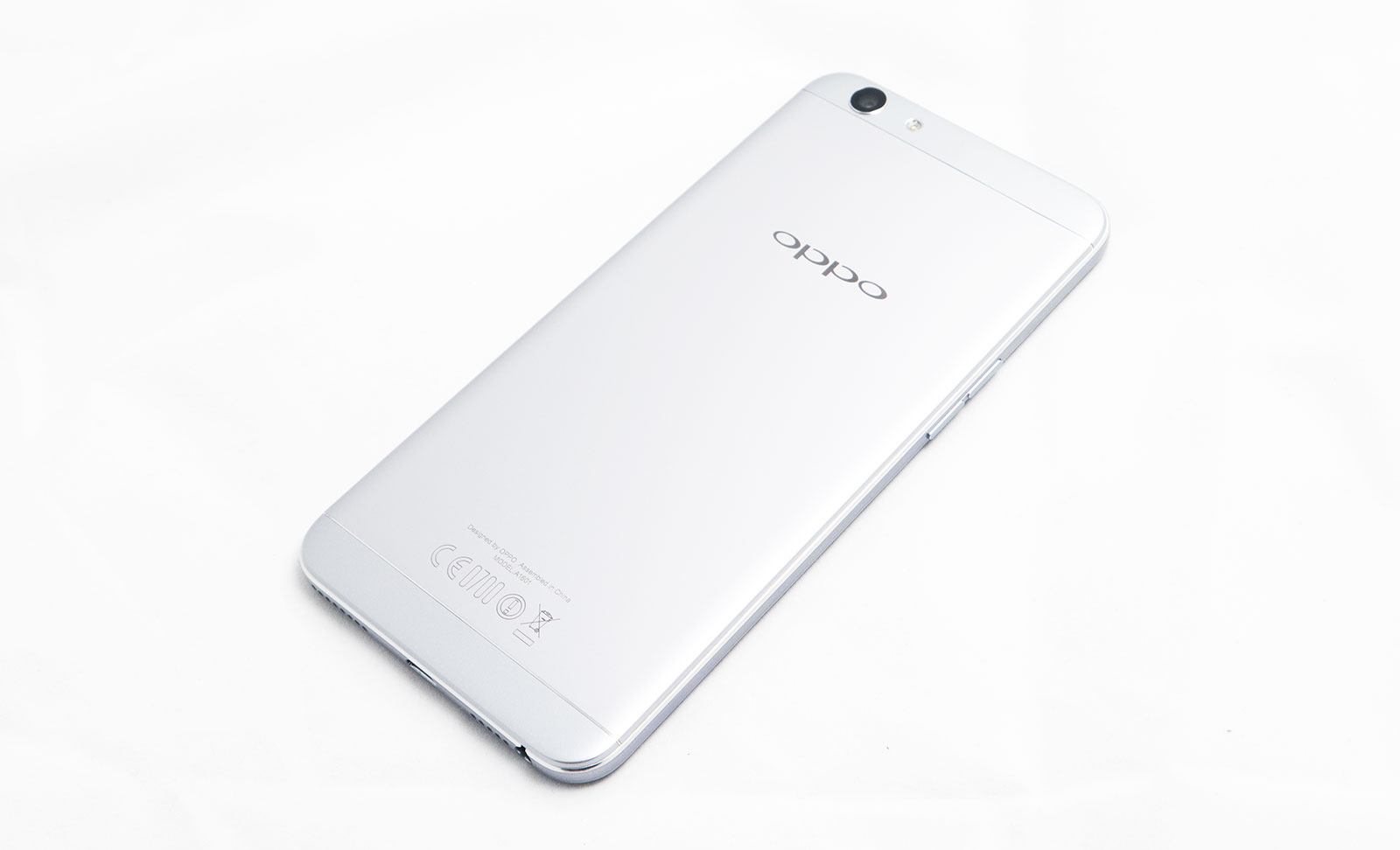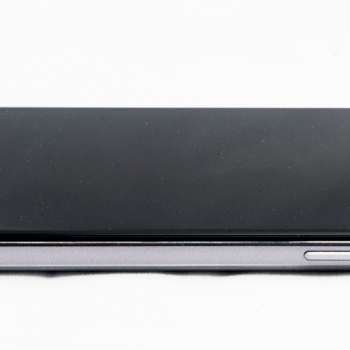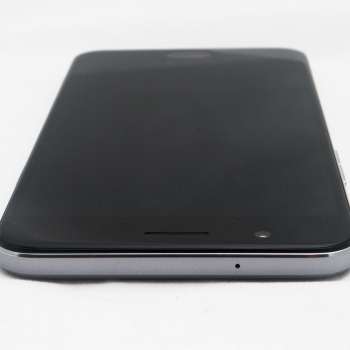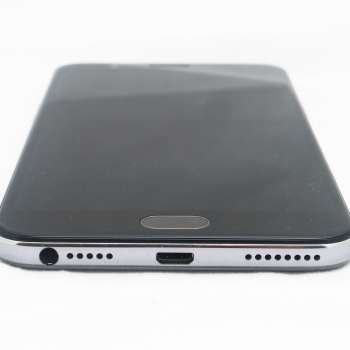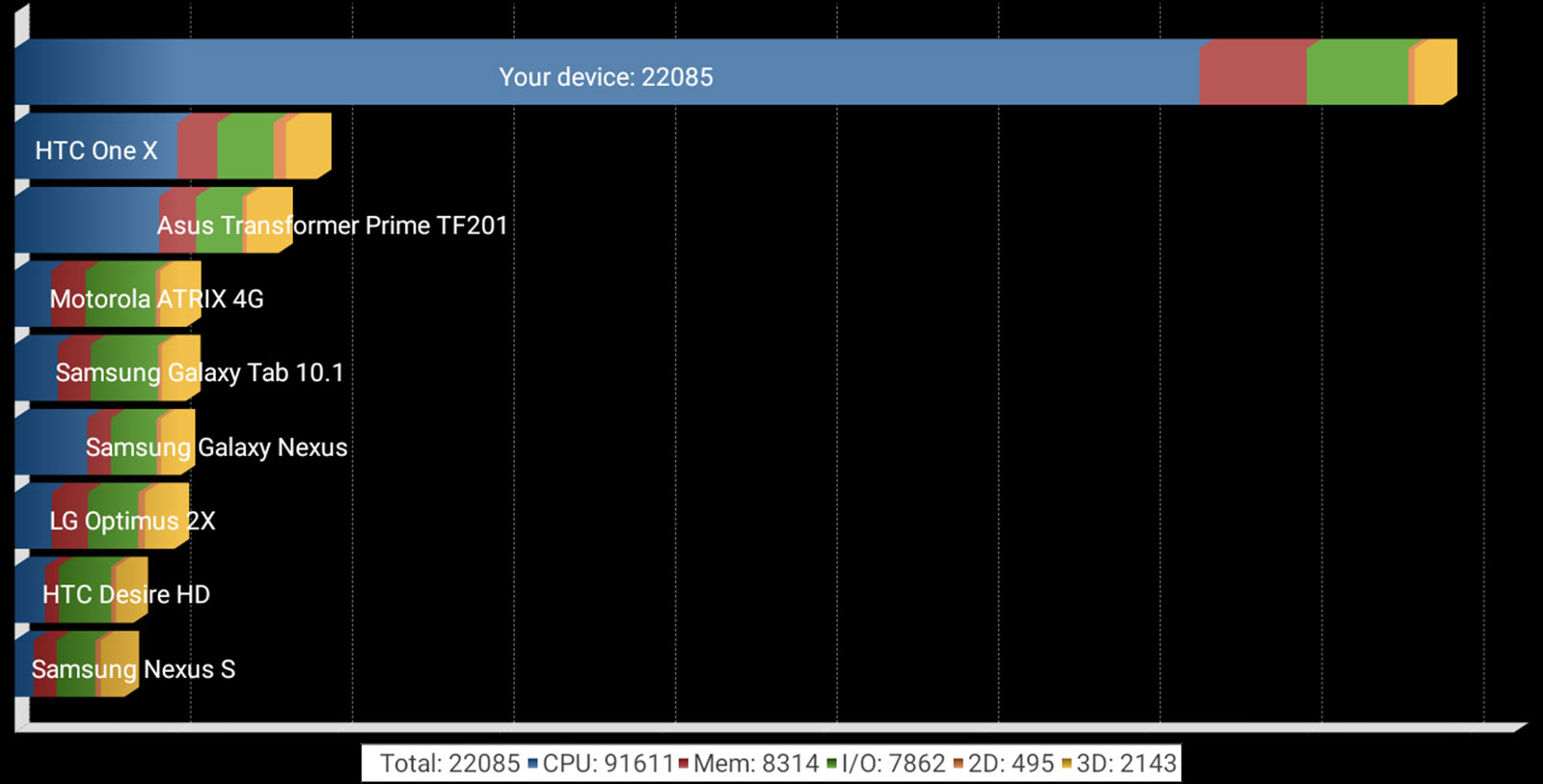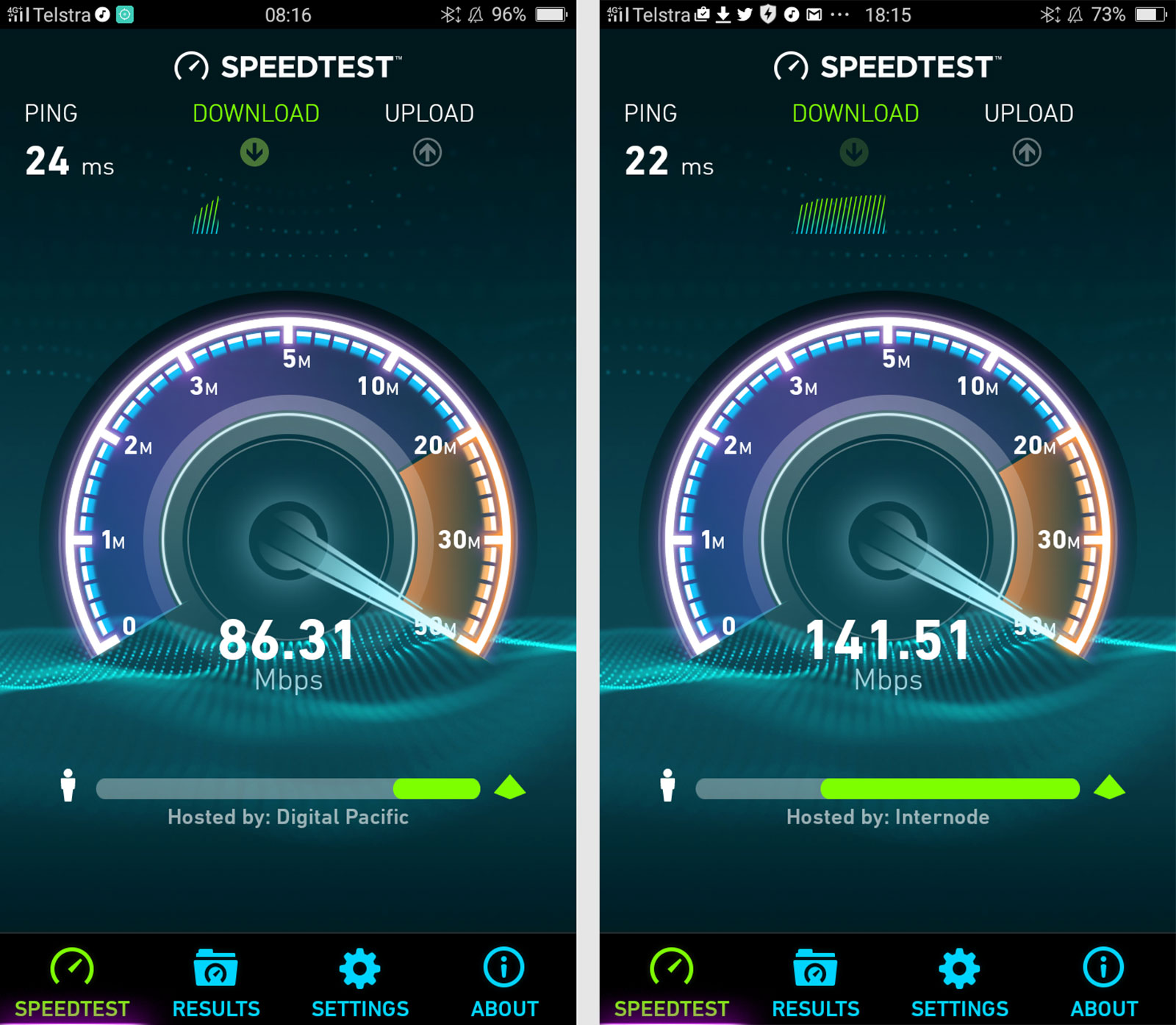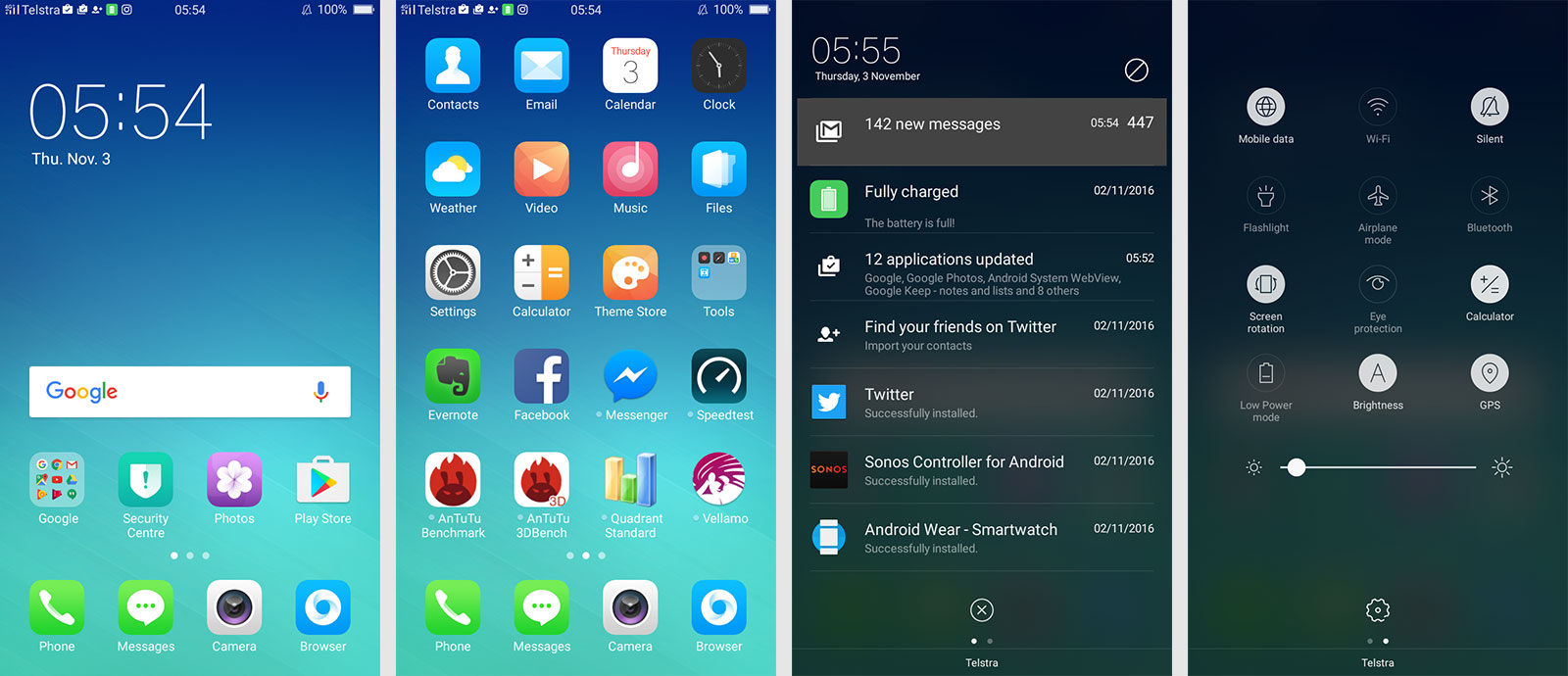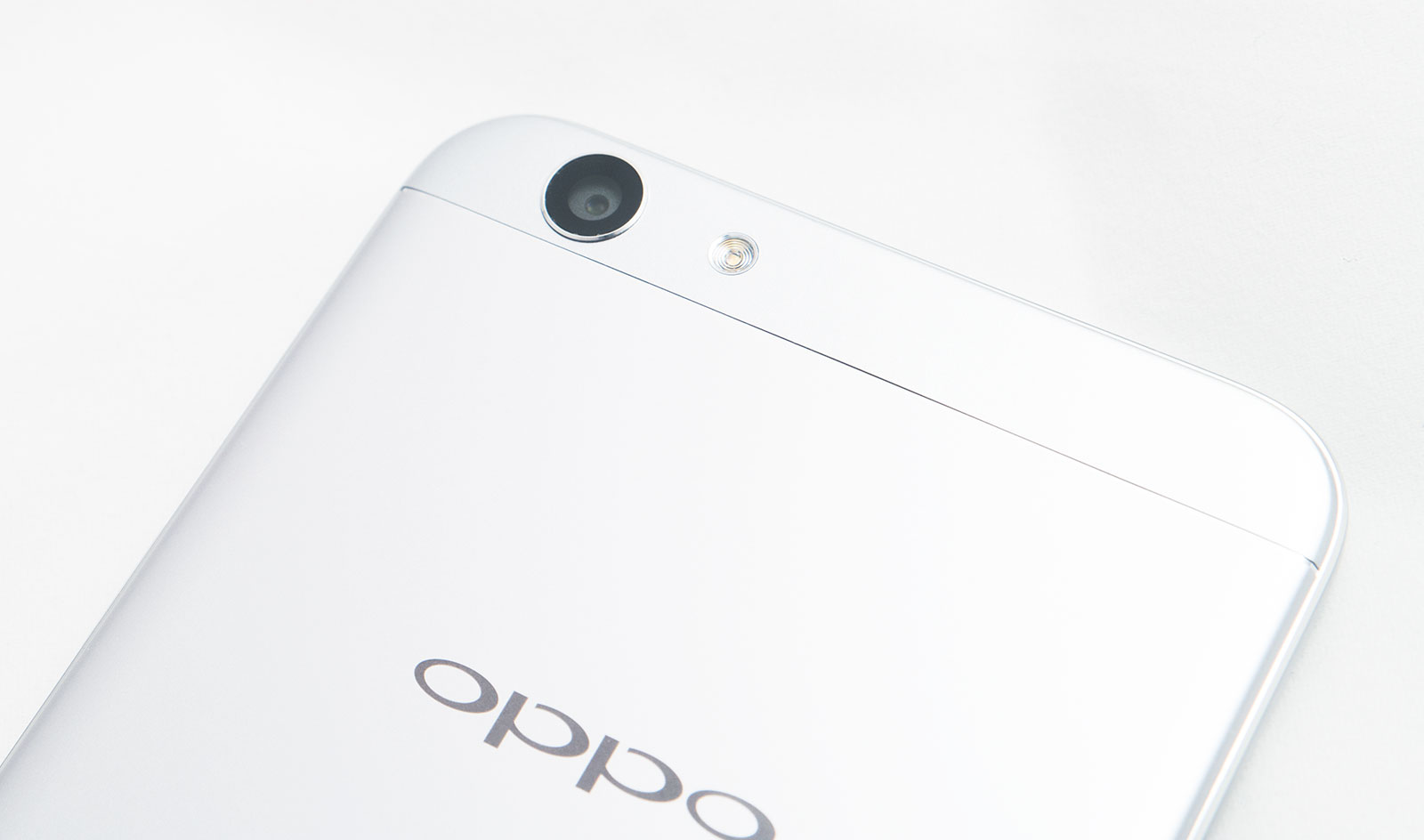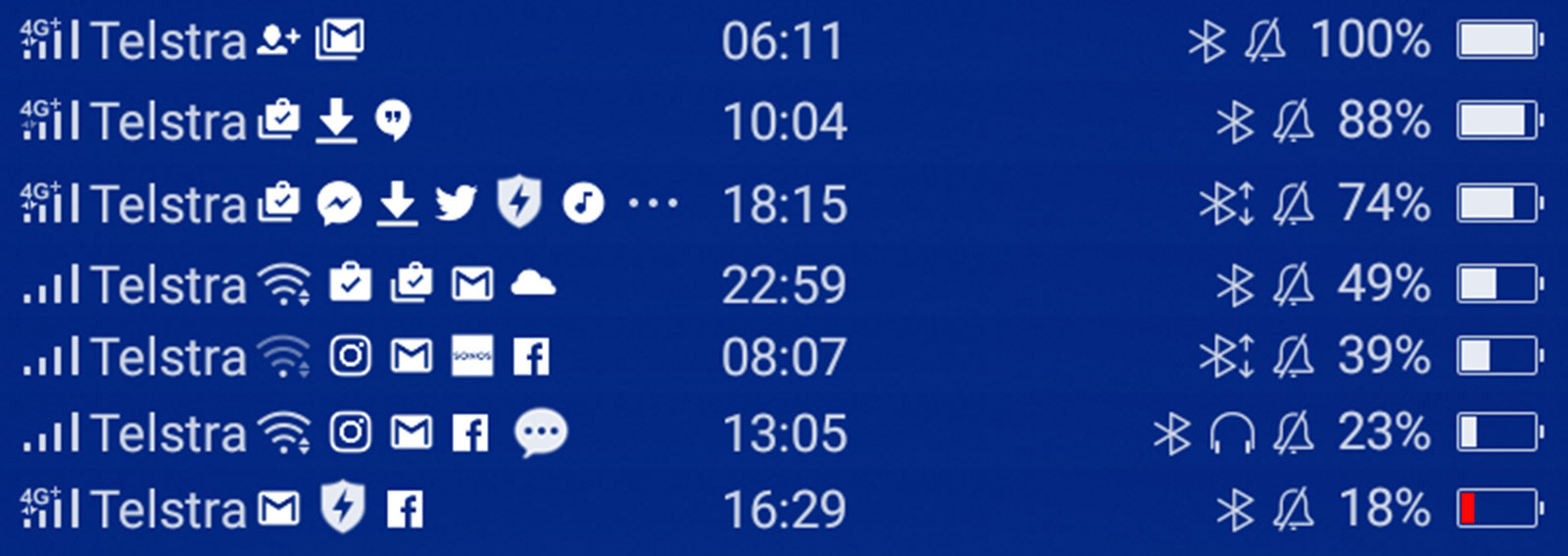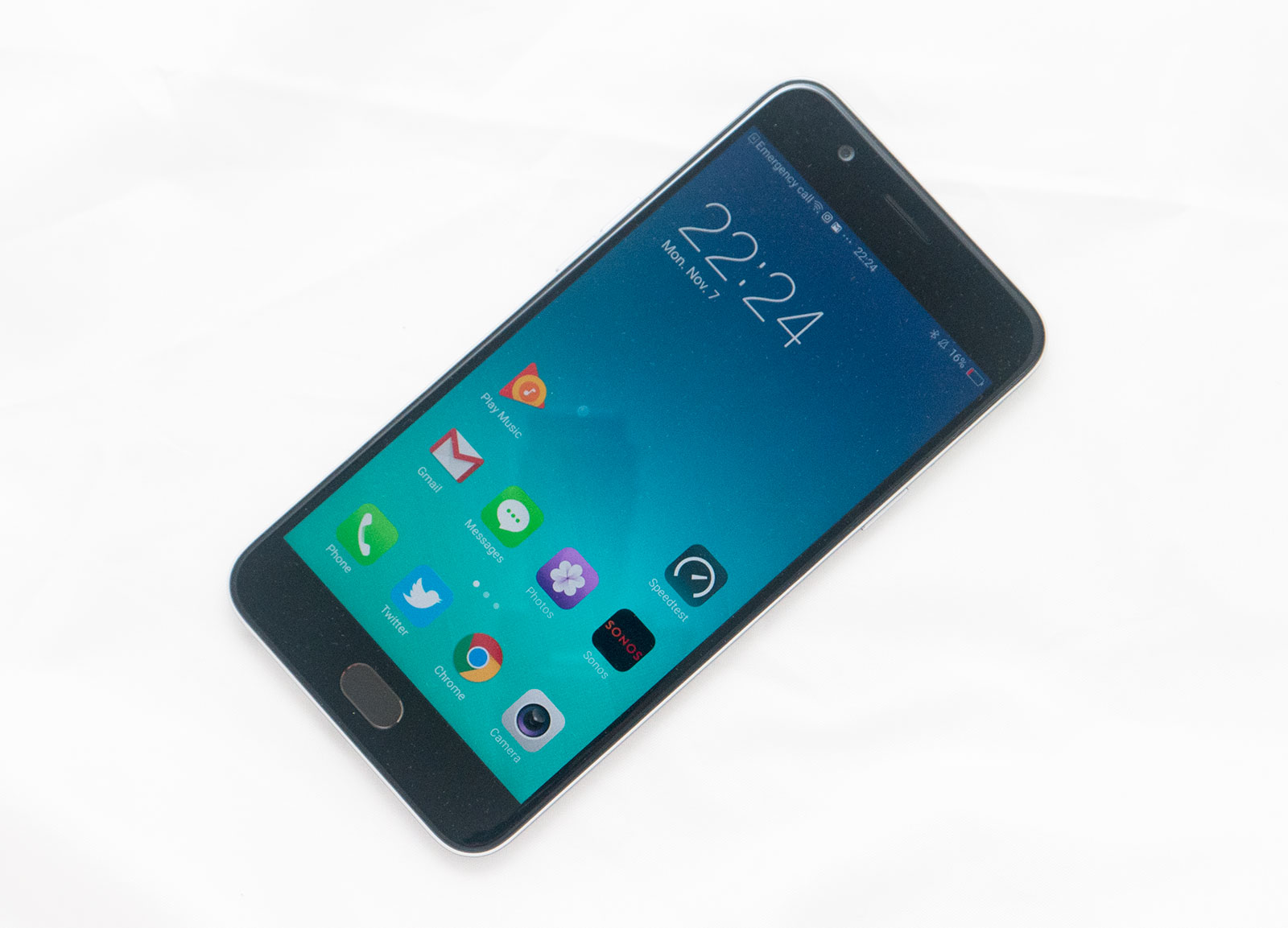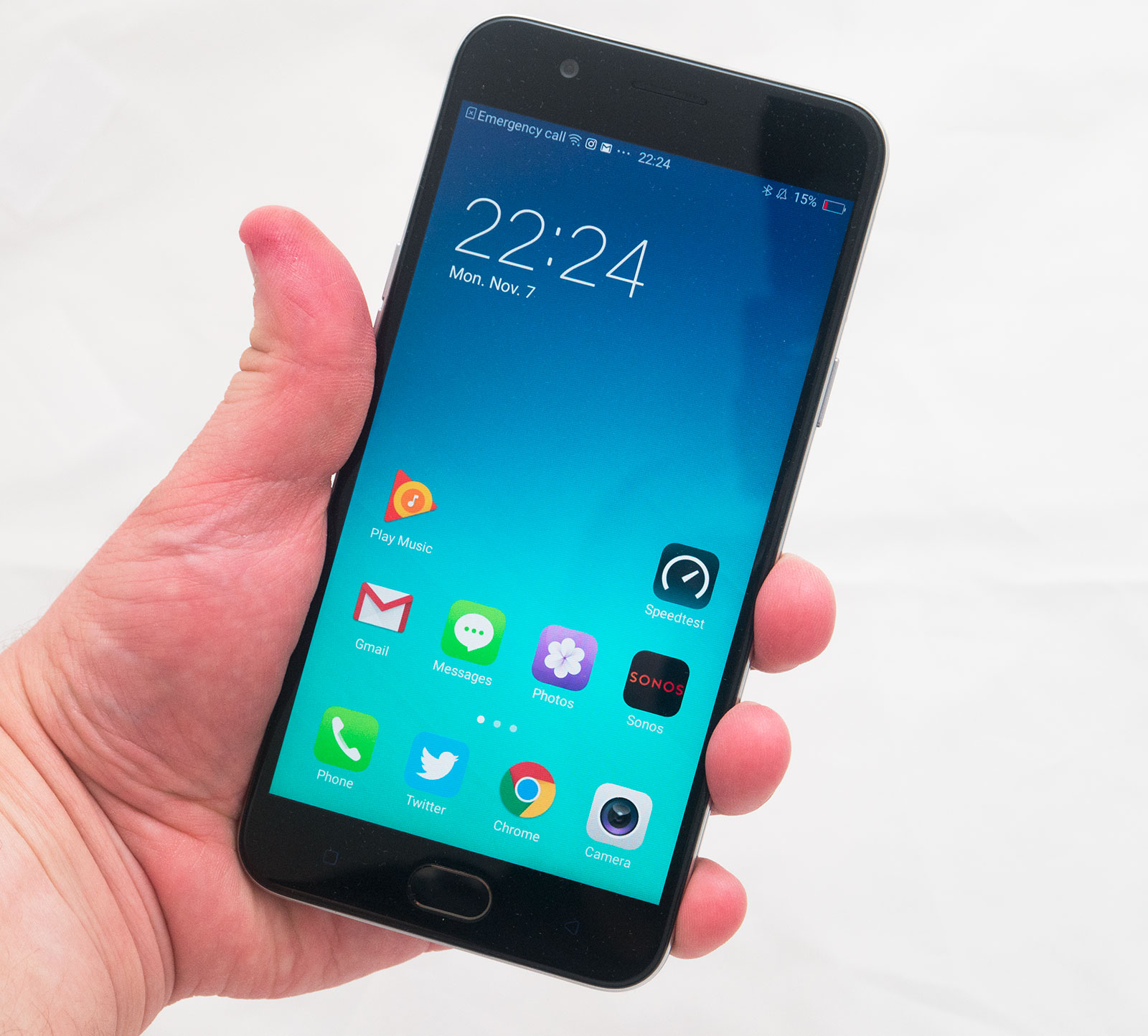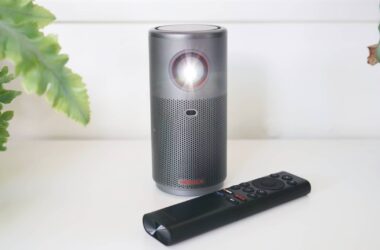Quick review
The good
The not-so-good
What does $348 get you these days? A small vacuum cleaner? A relatively cheap suit? How about a phone offering two days worth of battery life and a fingerprint lock? These are all true, but the only one we care about is the latter in Oppo’s F1s.
Features
That spot under $500 appears to be the new place where value is, at least in smartphones, with Oppo offering yet another budget option designed to deliver just a little more than you’re used to from a phone that carries the word “value”.
The phone in question is the Oppo F1s, a smartphone encased in metal that delivers most of what you need to make a phone work efficiently, as well as a couple of decently spec’d cameras and a low price point to match.
Oppo’s F1s even attempts to separate itself from the crowd by switching the ho-hum plastic budget phones normally see to something a little more premium, with metal the primary material used here.
Inside the metal casing, you’ll find a MediaTek MT6750 eight-core processor, working alongside 3GB RAM and a fairly generous 32GB storage, though there is room to move thanks to the microSD slot you can upgrade the storage with.
Google’s Android 5.1 arrives on the Oppo F1s, a little out of date considering we’re now at version 7.0, and it’s not even stock Android, either.
Rather, Oppo’s version of Android is called “ColorOS”, delivering a more iPhone-inspired Android that is based on Google’s own but skinned to look like something else. You can still do all of the Google things you expect to do, such as downloading apps and games from Google Play, but the OS here just looks more like iOS than really any other launcher out there.
Oppo intends the cameras to be one of the more noticeable parts of the package, delivering some relatively high megapixel counts for the price, with the front camera bringing more pixels than its rear brother. As such, you’ll find a 13 megapixel camera on the back with autofocus and a flash, while the front-facing selfie camera sits as 16 megapixels without autofocus and a flash.
Connections for the phone are fairly standard for a mobile under the $500 mark, so don’t expect super fast flagship-style connections here. You will see both 3G and 4G, the latter of which is rated at Category 4 LTE providing speeds as fast as 150Mbps down and 50Mbps up, operator dependent, of course. Meanwhile, wireless is catered for with GPS, Bluetooth 4.0 and 802.11b/g/n WiFi only, with no Near-Field Communication to be found here which means no Android Pay, either.
Wired ports can still be found here, with both a microUSB port at the very bottom next to a 3.5mm headset jack, while the pin-ejectable tray provides room for either up to two nanoSIMs and the microSD, or just the one nanoSIM and the microSD (we’re told this is dependent on who you purchase the F1s from; our review unit was the one nanoSIM/one microSD model).
There are even buttons, with separate volume buttons on the left edge, a power button on the right edge, and a physical home button on the very front under the display, complete with a fingerprint sensor beneath that button, flanked on each side by light-up soft buttons for back and multitask.
This technology is encased in the aforementioned metal body measuring 7.38mm thin and weighing 160 grams, holding a 5.5 inch 720p HD display running a pixel clarity of 267 pixels per inch.
The battery inside the Oppo F1s is rated at 3075mAh and is not removable.
Design
Taking the F1s out for the first time, it’s not hard to see what Oppo’s design team was channeling when it first came up with this smartphone. Hey, you can even see it in the press images, like the one below.
What phone has been used as the inspiration for the Oppo F1s?
If you said the iPhone, congratulations, you win. Unfortunately, there’s no prize outside of you being able to identify one of the world’s most popular smartphones, but hey, it’s good to know that you’re a consumer and are aware of things like this.
Oppo seems to be, too, and as one of Apple’s competitors is doing what it can to show that it makes smartphones well, too, even if they share more than a simple similarity to the iPhone.
As such, you can think of the Oppo F1s as the not-quite-iPhone, because coming in at roughly a quarter the cost, that’s exactly what it is: a fairly budget iPhone, completely with an aluminium body wrapping the phone and a design very reminiscent of the iPhone 6 Plus.
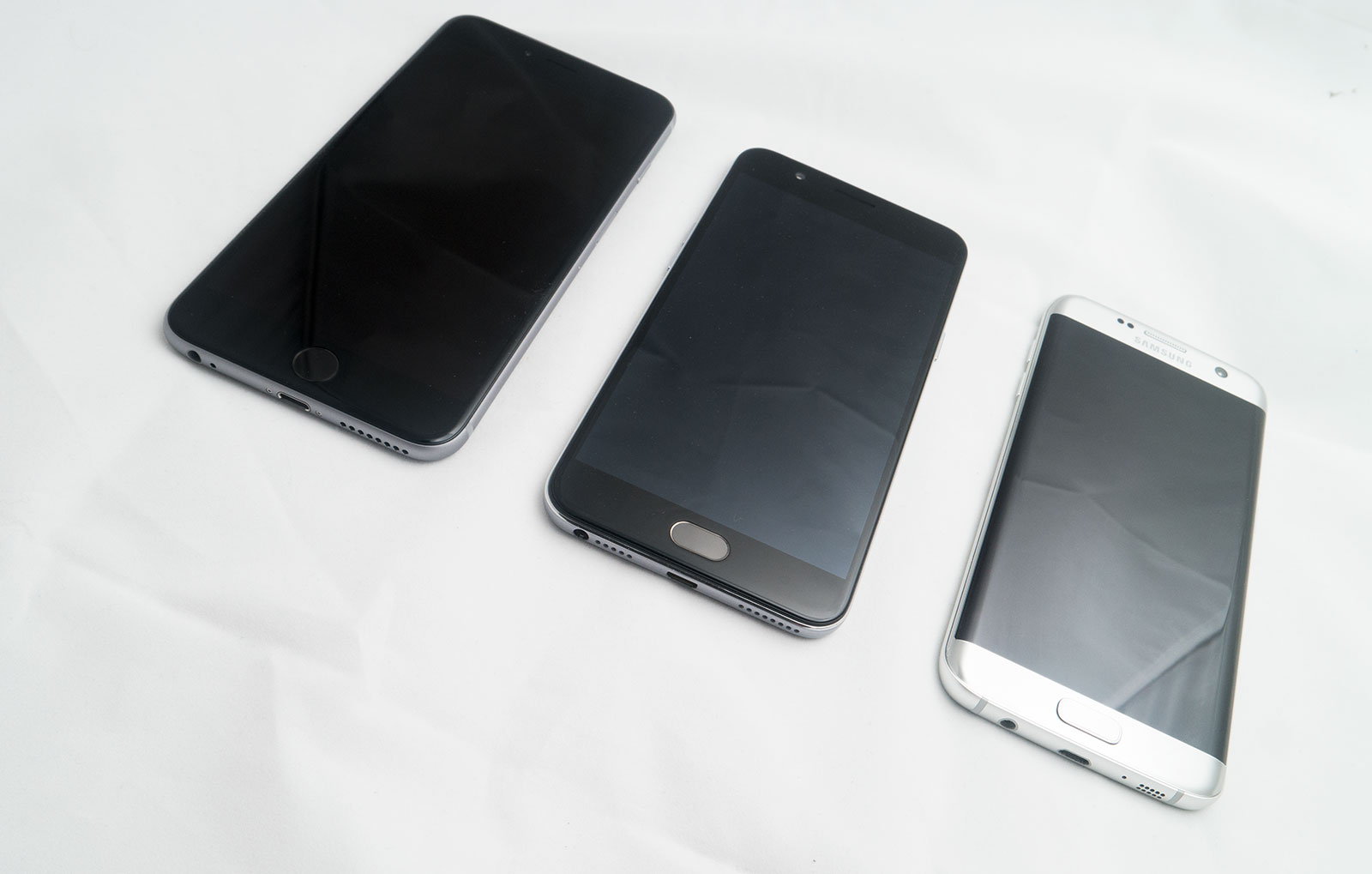
In short, it’s a phone that looks like an iPhone, and yet isn’t an iPhone, delivering much of the same design with less of the features and even less of the cost.
The front is a little different than the idea of an iPhone, mind you, with the front home button more like the oval Samsung home button than the circle of Apple’s iPhone, and just like the two of them, there’s even a fingerprint sensor beneath them. Handy.
Performance
Switching the phone on, you get to see the combination of Oppo’s parts in action, with the fairly budget friendly eight-core MediaTek chipset working well with a surprisingly solid 3GB RAM.
It needs to be said that the eight core chip used in the F1s isn’t necessarily going to be as fact as other eight core chips — really, there’s more at work here than just the core amount, and in many ways, it’s like how more megapixels don’t always translate to more quality in cameras — and while we don’t want to prejudge, processors from MediaTek almost always scream that in actual performance.
Our assumptions are confirmed when benchmarking the Oppo F1s, with not the greatest of results, though overall operational performance isn’t thoroughly bad overall, with the generous amount of memory helping out a great deal.
There are times when the system will slow down a big deal, and you usually find it while jumping between apps in multi-tasking or having several windows open in Chrome, or something else that can push the system a little harder.
While there’s a bit of a slow down on the operational side of things, you can’t feel it at all on the mobile download side of things, with the sub-$500 Oppo F1s really handling 4G networks with ease.
The theoretical maximum speed of 150Mbps was close to being reached on Telstra in Sydney’s CBD, resulting in speeds ranging from 80-odd to 150Mbps when we tested it throughout a week.
That’s not bad at all, and easily enough speed to let you watch more of those YouTube videos of cute kittens meowing or even some sporting event while you’re sitting in traffic waiting for the bus to move those few centimetres closer to home.
In-use
Using the Oppo F1s, you’ll find ColorOS isn’t your regular cup of Google Android tea, with Oppo’s take on the operating system still coming across as the best friend that desperately wants to be an iPhone, and yet can’t be for so many reasons, most of which require a massive legal team to argue.
Android isn’t iOS — we feel we need to say that at this point — and yet Oppo’s ColorOS feels so much like iOS, it’s just kind of surreal.
As you’d expect with Android, you’ll still get access to the Google Play Store for apps, games, movies, books, and more, and you even get several widgetised home screens.
What you also get, however, is no specific app menu, with everyone just installed as an application shortcut on the homescreen itself, and some of these can’t be removed. You can group these into folders to clean them up, but you can’t remove them, and the whole thing just lets you swipe left and right much like you would with the iPhone, even though it’s still Android.
If all you’ve ever used is an iPhone, it kind of makes sense, but Android is great because of how modular and different it can be, and because of how much control you get if you want to shake things up, changing the way your phone really truly looks.
Fortunately, you can change the Android launcher all you want, switching to a better launcher if you so choose, and this will cut out some of the iOS-inspiration, but not all.
For instance, you’ll still have the camera which is quite clearly derived from what Apple is doing on that space, though you could probably change this too.
Ultimately, you can think of the Oppo F1s — any Oppo in the past two years, for that matter — as iPhone clones, and given that’s clearly where the hardware design has come from when you look at this model, we probably shouldn’t be surprised about how it runs, either.
Cameras
Even the camera spec feels a little borrowed from Apple’s star smartphone, with 13 megapixels on the back, while the front goes for something a little different with 16 megapixels at the front.
Yes, you read that right: the front-facing selfie camera provides more megapixels than the rear’s regular camera, and while that might seem like a big deal, it’s not.
Technically, the cameras here aren’t terrible, but they won’t win awards from the Pickr review team in image capture technology. While we’re definitely aware of some of the strong image capture technology Oppo has released in the past, the F1s really delivers enough bang for your buck where the owner will be happy provided they’re merely posting to Facebook, Twitter, and emailing to friends.
Neither of these camera modules are really made for much more, and while they do boast a fair amount of megapixels, they’re not the best of the bunch by a long shot.

Battery
One thing that will surprise you is the battery performance, with a pretty reliable two days of life from the 3075mAh battery in the Oppo F1s dependent on how strong a mobile user you are.
Our regular day of writing emails, web surfing, phone calls, picture taking, listening to music, making and taking phone calls, and generally using the phone turned out to be something the phone handled with no problems, surviving close to a full second day.
In fact, a start time of 6am on day one ended around 5pm on day two, and if we wanted to, we could have easily pushed until we got home.
That’s close to a solid 36 hours without any problems and without needing to find a charger, and given that microUSB cables are easily found around the place, charging the Oppo F1s won’t be a problem for anyone if you need more power in a pinch.
That’s not bad at all, and gives Oppo a seriously solid win for the phone
Value
Winning on battery life isn’t the only area the Oppo F1s makes gains with, because in regards to value, it definitely has some things going for it.
Outright, it’s $348, and while the screen is easily the least impressive part of the package, it is very difficult to argue against this product simply because the sum of its parts just rate so well altogether, especially at a sub-$500 price.
Seriously, how often do you see metal phones for under $400?
There is even an Optus-locked variant for $259, making it one of the better value phones we’ve ever seen, delivering so much for what must be the new mid-range, and really just beneath it.
If you don’t mind being locked to Optus, it’s really, really, really hard to argue against the $259 price, and the barely $100 higher price for the phone outright is still quite compelling, especially if you’re after a big phone for someone without spending too much case.
Hey, Oppo even throws in a small case inside the box. How many phones will do that?
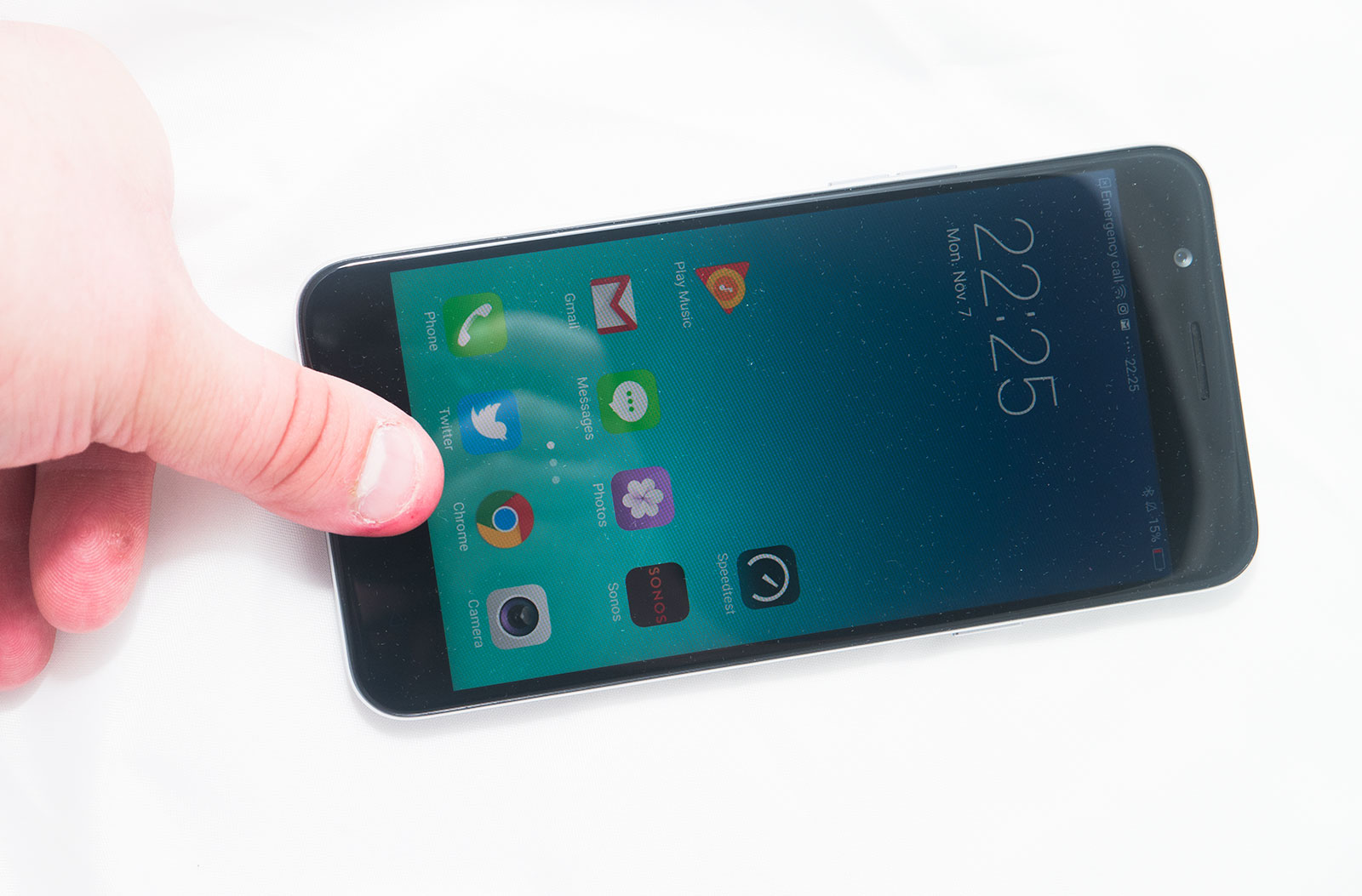
Final thoughts (TLDR)
So how much phone can $348 buy you? Apparently a fair amount, and while the design isn’t exactly original and neither is the template Oppo is using for its product, that’s more a matter for the courts.
For now, Oppo’s F1s is a tremendous deal if you only want a big phone that works and lasts the day, and then some.
In a way, it’s like a good cheap suit: effective and useful, and it does the job in a way that won’t hurt the wallet.


